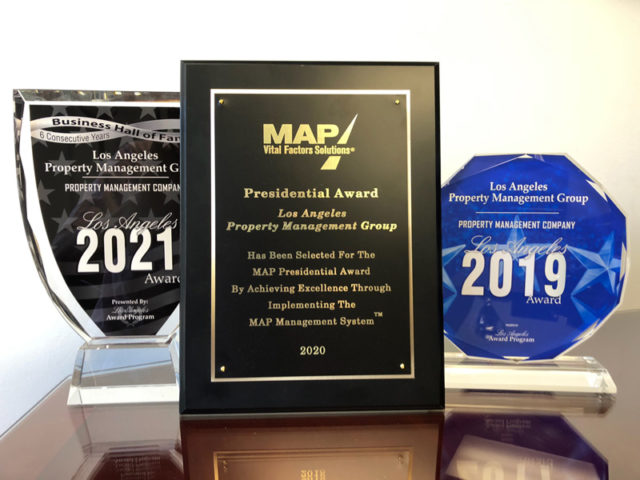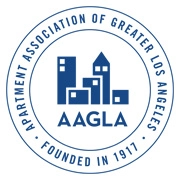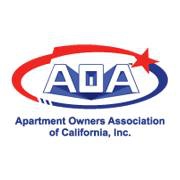It’s that dreaded time of the year again when landlords and homeowners have to calculate property taxes; go through the grind of filing your hard earned income. You must have heard of the saying that what you don’t know you fear most, or something like it. Well, this time round you can stay at ease for a bit because we’re going to educate you on how to calculate property tax for your house in the comfort of your own home.
What is a property tax?
Just like any other tax, property tax is a real estate tax that homeowners or landlords have to pay in the San Fernando Valley. That’s the easy part. The tax is calculated and imposed by whoever is in charge of governing the area such as a national government aka Uncle Sam. It does not have a fixed rate and is usually a proportion of the total value of your property, including the land.
Who is the tax for?
So, who is required to pay this tax? Tenants, owners and pretty much anyone who occupies a particular piece of land or a building. Individuals are not the only ones who have to pay this tax. Even businesses and industries have to pay it. It is a little different for tenants. Tenants who have signed a residential lease indirectly pay the tax through rent. Officially, it is the landlord who pays it. For a commercial lease, the landlord is in charge of the payment. However, tax increases after the initial year are paid for by the tenant.
Where does the tax money go?
The governing body which collects the tax uses it to serve the community ultimately. The money provides the funds for a variety of services. Examples include planting trees, improving education and supporting public offices.
How to calculate the tax?
Most of the time, the property tax is in the form of a percentage. Before any calculation takes place, the governing body has to decide just how much tax revenue they require. The primary mode for calculation is using the mill levy and the estimated value of your property together. This may be slightly confusing, so take your time in understanding the process.
Mill Levy:
Mill levy is the tax rate imposed on the value of your property. One mill is equivalent to one-tenth of a cent. So, if the value of your property is $100,000, one mill would be equal to $100. Each area calculates the tax separately at first. Then, the levies are totaled to determine a combined mill rate for the whole area. Generally speaking, school districts, cities, and counties are allowed to calculate the rate within their boundaries individually. So, if a county obtained a mill levy of 0.6% or 6 mills, a school district estimated it to be 0.4% and a city 2%, the total would amount to 3% or 30 mills for the whole area.
Estimation of Property Value:
After the calculation mentioned above, you merely have to multiply the estimated value of your property by the mill levy. The value of your property does not remain the same throughout. It is re-calculated every year based on the market conditions. After the checking process, your property is given an estimate in three ways: sales evaluation, cost method, and income method.
In simple words, the sales evaluation method involves comparing your property to the selling price of similar properties. Cost method consists of estimating the worth of the property based on the cost of replacing it. The income method considers the revenue that renting will generate.
But you don’t have to concern yourself about these methods because property tax can be more complex than this. It’s better that you refer to an expert at a realty firm like the ones at our company, and they’ll help you go through out without a hitch.









